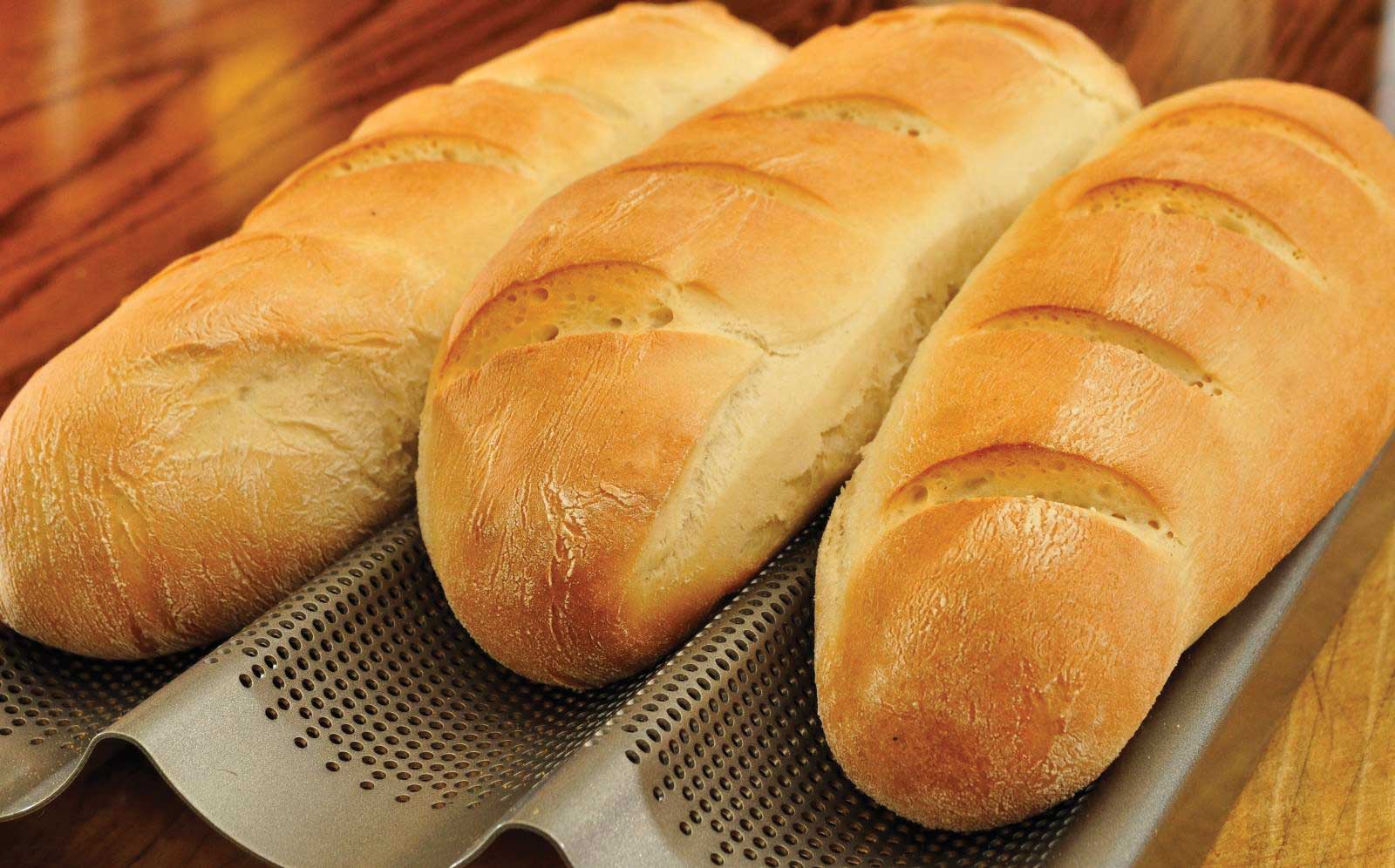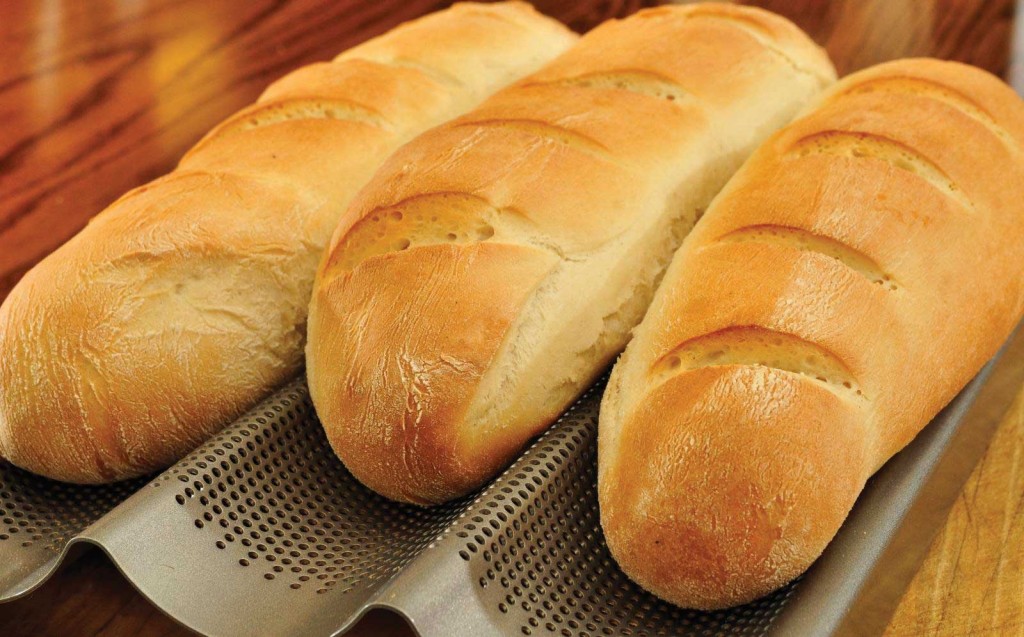By Katie Stobbart (The Cascade) – Email
Print Edition: May 6, 2015
For the most part, I’ve avoided fad diets, because I hate to feed the hungry, manipulative marketing beast that exploits people who want to improve their health. However, last fall I decided to try cutting wheat from my diet to see if there are health benefits to going gluten-free.
Obviously, if you have an allergy to gluten, you don’t really have a choice in the matter. I don’t have an allergy, so I had the luxury of not having to avoid anything with traces of gluten. I set a minimum of one month with no wheat products. I also worked out once or twice per week, and avoided most meat (fish was allowed).
Overall, I felt my health benefitted from changing my diet. One thing I noticed quickly was that I didn’t feel as mentally “cloudy.” I also felt a lot lighter physically, but not in the dangerous, you’re-going-to-faint way. I also didn’t feel a need to keep eating, keep eating, keep eating, as I sometimes felt when I was eating a lot of pasta, for instance. I did lose weight during the month of my diet, but I’m fairly certain it was a combination of improved eating and exercise habits.
Public opinion appears to have shifted from “gluten is bad” to “products containing gluten are bad.” The reason is that the most ubiquitous products containing gluten, like pasta and bread, contain other ingredients (sugar, for example) which, especially paired with inactivity, will thwart attempts to eat healthy or lose weight.
I can’t say for certain whether public opinion can be trusted, and I’m relying mainly on personal experience because I don’t have much faith in health websites or even the latest stats and studies. However, I’m inclined to think that for the average person, reliance on processed foods should be significantly decreased, which is different from demonizing any particular ingredient. (Again, this is obviously different if you have an allergy.) One of the experiences I most appreciated about this diet was the increased attention I paid to what goes in my mouth: thinking about what’s in my food and how it got there.
I also ate out a lot less. Restaurants often have a few gluten-free options — though many aren’t trustworthy if you have an allergy — but my biggest temptation to eat out always happens on campus. You probably know how it goes; you forget or don’t have time to make lunch, you’re stuck on campus, and you have to eat. Your options are probably limited to the cafeteria or (at least when I was on this diet) AfterMath. Slim, expensive pickings.
Price is one of the main obstacles to going gluten-free, if you’re not prepared to give up prepared foods. Bread, pasta, pastries, and a whole host of other products have gluten-free versions, but they’re often significantly more expensive than their wheat-containing counterparts, which I believe is largely due to the fad of going gluten-free, not necessarily the cost of making the product.
The side effect of eating out less and trying to avoid processed food is that it often takes more time to prepare meals. For that reason, I let myself fall off the wagon for the end of this semester. In all honesty, I don’t know if I’ll go strictly gluten-free again, but cutting out processed foods and moderating wheat in my diet will be a priority this summer, when local fruits and vegetables are fresh and plentiful, and when exams and final papers are a hazy dream.



